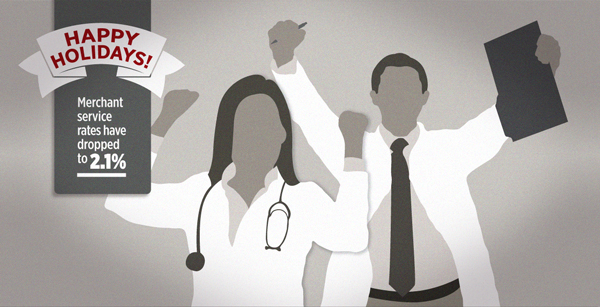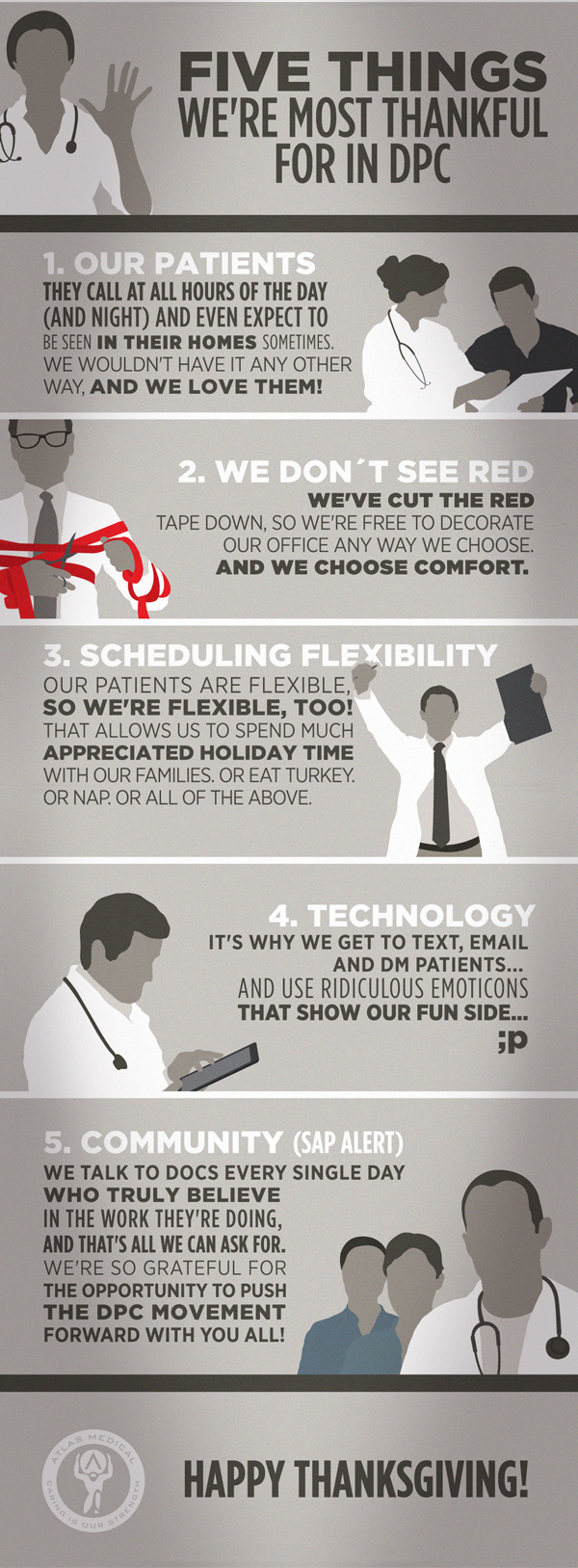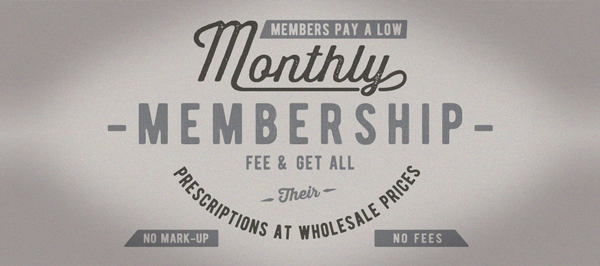We did it back in June, and it felt so good that we decided to do it again. That’s right – just in time for the holidays we’ve dropped credit card transaction fees from 2.5% way down to 2.1%. More money in your pocket, right when you need it most!
Remember the days when 3.1% was the norm? You probably didn’t really even notice it… after all, that’s what you’d come to expect. But in dropping it to 2.1%, we’re showing you just how committed we are to helping Direct Primary Care succeed. And just like DPC promotes in every detail of its model, we want the recipients of its care to expect better.
It’s a two-fold result, really. On the one hand, clinics who use the Atlas.md EMR know without a doubt they’re getting the most bang for their buck and that Atlas truly cares about saving money where it counts. And on the other hand, those same clinics are in an even better position to pass the savings on down to their patients. Just like that, everyone wins!
So you see, it’s more than lower numbers. With them come higher expectations and higher satisfaction.






